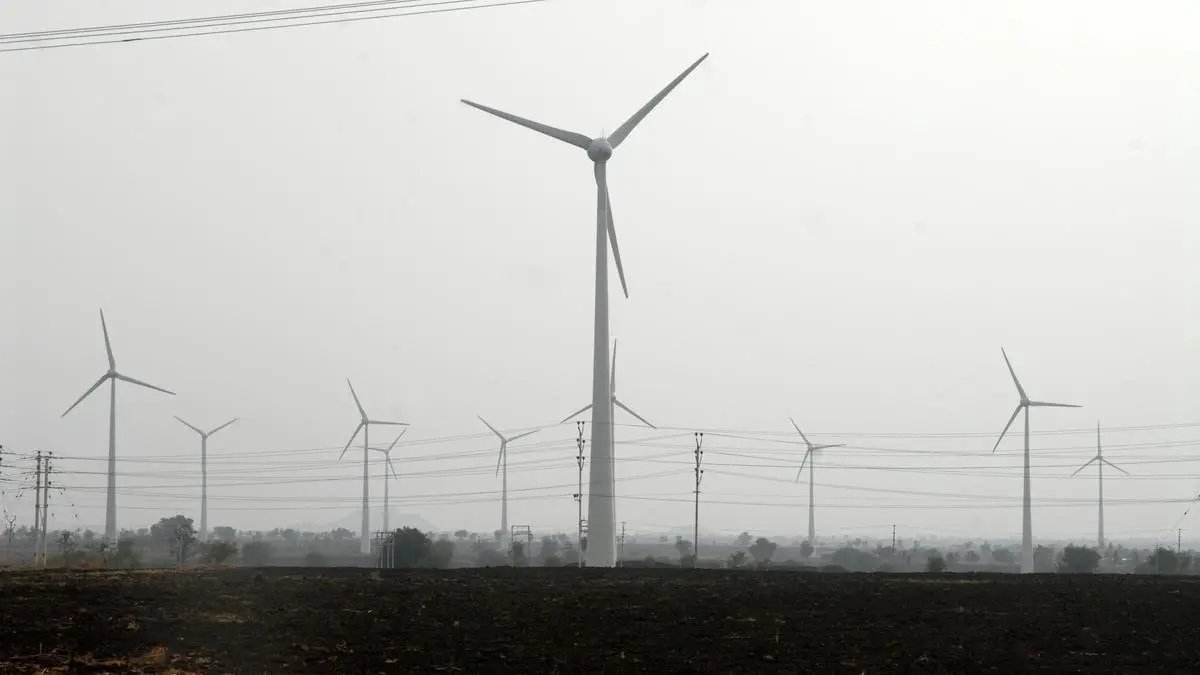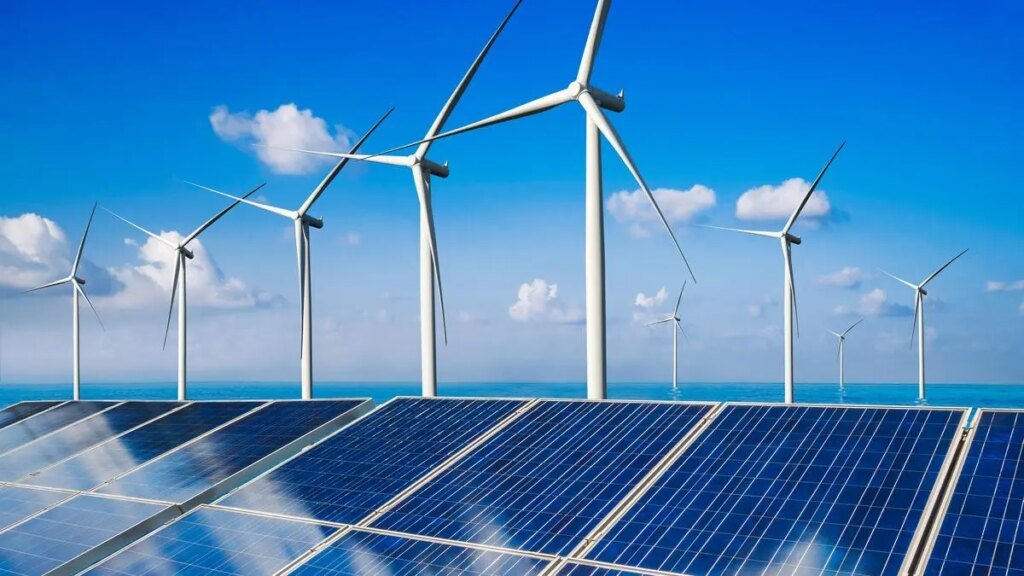MNRE to issue new norms on domestic sourcing


India has built substantial wind manufacturing infrastructure over three decades, with over 30 GW of blade capacity, 29 GW in gearboxes, 17 GW in generators and over 20 GW in towers.
| Photo Credit:
GOPINATHAN K
The Ministry of New and Renewable Energy will issue new Revised List of Models and Manufacturers (RLMM) norms soon following the public consultation it sought in April.
The Ministry had proposed mandatory domestic sourcing of rotor blades, towers, gearboxes and generators for all wind turbine models.
Aditya Pyasi, CEO, Indian Wind Turbine Manufacturers Association, said the MNRE had issued a progressive RLMM draft notification which will lead to execution of recommendations made in the Niti Aayog report on Wind Manufacturing more than a year ago.
With 65 per cent localisation already achieved and the capacity to scale up to 85 per cent, this policy can unlock India’s global manufacturing potential, he said.
However, timely and effective implementation is imperative to safeguard the jobs in the wind manufacturing industry, he added.
The industry is concerned that any significant exemptions on domestic sourcing for large ongoing projects will undermine the localisation goals, said a CEO of a leading gearbox manufacturing company for wind projects.
Once exemptions are announced, about 30 GW worth of wind projects currently under execution will be exempted from the mandatory domestic sourcing requirements, he added.
Requirements of rotor blades, towers, gearboxes and generators for ongoing projects will be met through imports and shift about ₹2 lakh crore worth of economic activity overseas, he said.
Manufacturing capacity at risk
India has built substantial wind manufacturing infrastructure over three decades, with over 30 GW of blade capacity, 29 GW in gearboxes, 17 GW in generators and over 20 GW in towers.
However, the capacity utilisation of these units is only 25 per cent, said industry sources.
The proposed dilution of domestic sourcing will further threaten the viability of manufacturing these infrastructure idle, risking widespread job losses, MSME bankruptcies and long-term investor hesitation, he added.
With about 30 GW of wind projects currently under execution, allowing imports under diluted norms could result in India losing about ₹1 lakh crore in local manufacturing value over the next 3-5 years.
With the final notification expected soon, the industry believes that India cannot afford half-measures when global manufacturers are racing ahead with scale, speed and clarity.
The wind sector’s readiness, combined with India’s manufacturing capabilities, positions the country to achieve its 100 GW wind target by 2030.
Published on July 13, 2025





